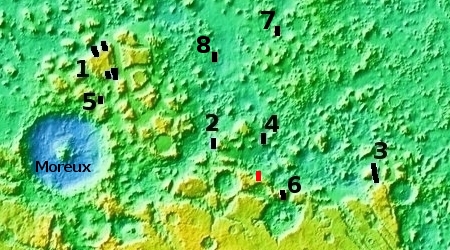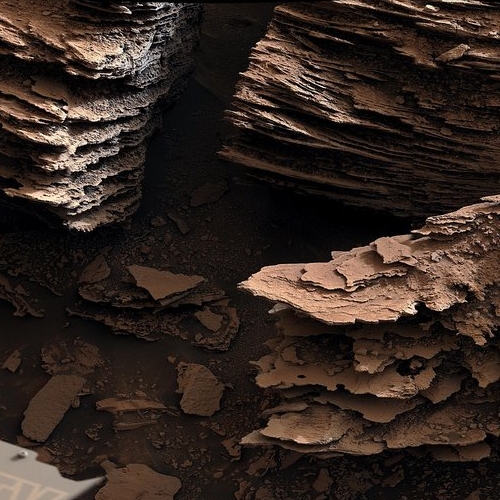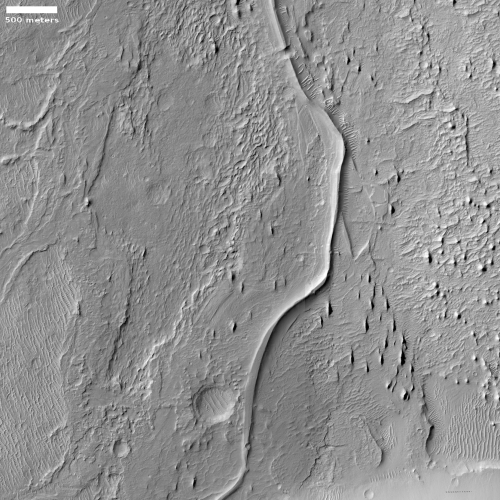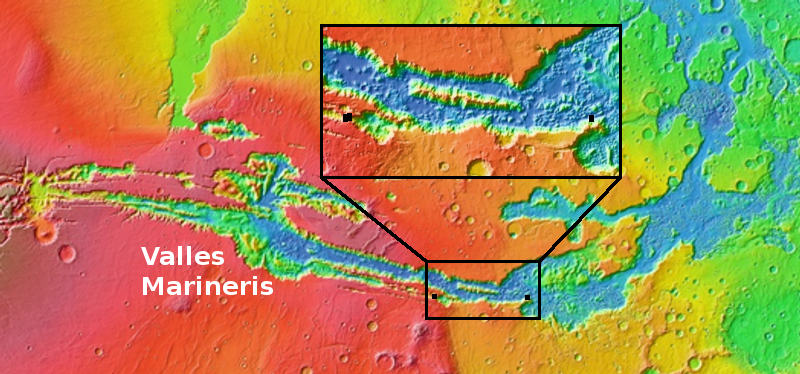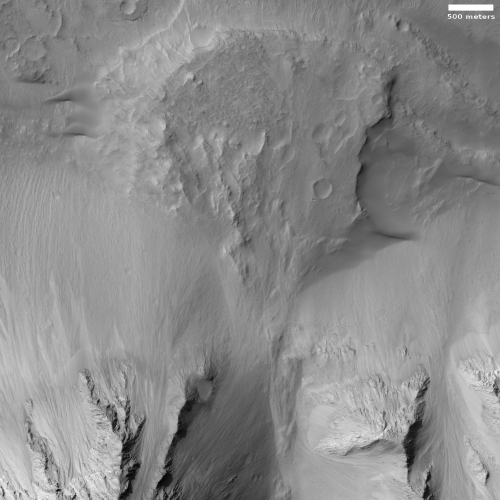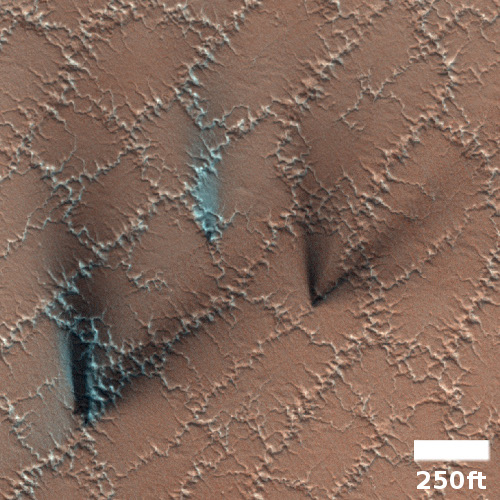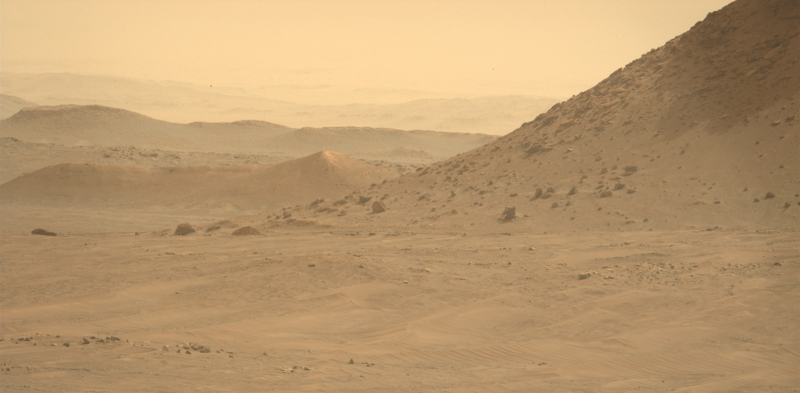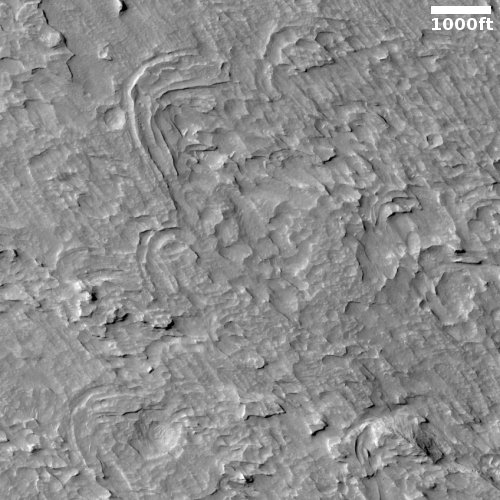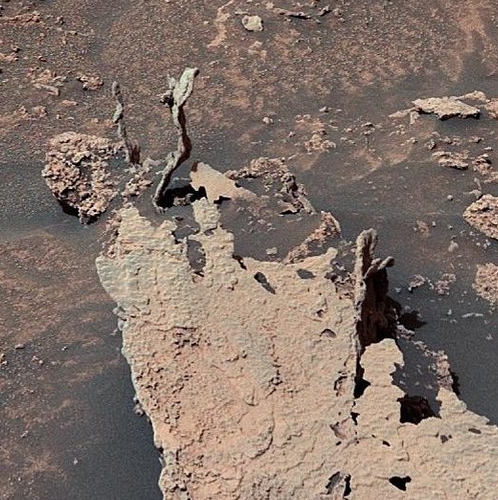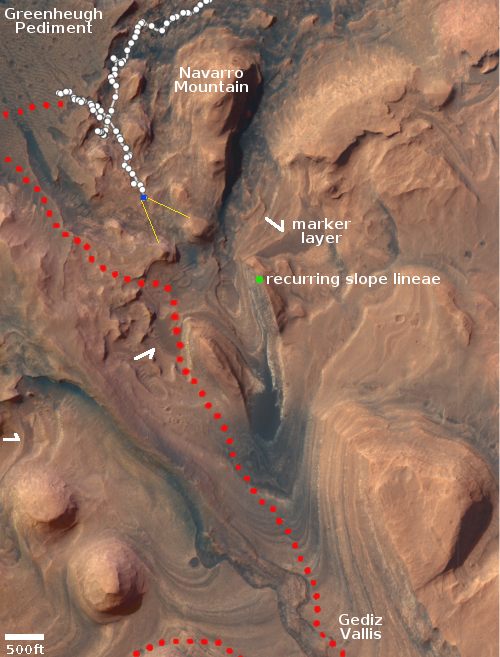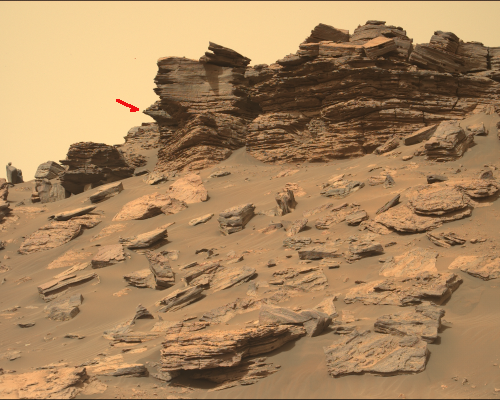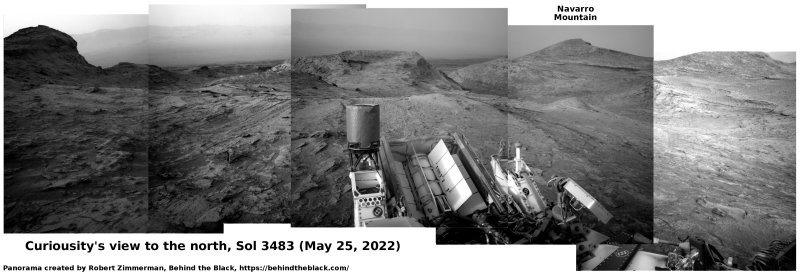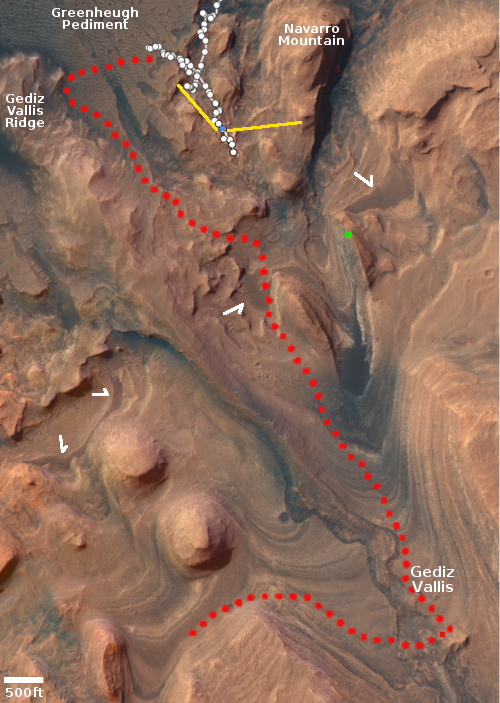Scientists want your help cataloging the clouds on Mars
In order to fully identify all the clouds seen in the sixteen years of data collected by the cloud instrument on Mars Reconnaissance Orbiter (MRO), scientists have now organized a citizen-scientist project to catalogue those clouds.
The project revolves around a 16-year record of data from the agency’s Mars Reconnaissance Orbiter (MRO), which has been studying the Red Planet since 2006. The spacecraft’s Mars Climate Sounder instrument studies the atmosphere in infrared light, which is invisible to the human eye. In measurements taken by the instrument as MRO orbits Mars, clouds appear as arches. The team needs help sifting through that data on Zooniverse, marking the arches so that the scientists can more efficiently study where in the atmosphere they occur.
You can join up by going here.
In order to fully identify all the clouds seen in the sixteen years of data collected by the cloud instrument on Mars Reconnaissance Orbiter (MRO), scientists have now organized a citizen-scientist project to catalogue those clouds.
The project revolves around a 16-year record of data from the agency’s Mars Reconnaissance Orbiter (MRO), which has been studying the Red Planet since 2006. The spacecraft’s Mars Climate Sounder instrument studies the atmosphere in infrared light, which is invisible to the human eye. In measurements taken by the instrument as MRO orbits Mars, clouds appear as arches. The team needs help sifting through that data on Zooniverse, marking the arches so that the scientists can more efficiently study where in the atmosphere they occur.
You can join up by going here.


